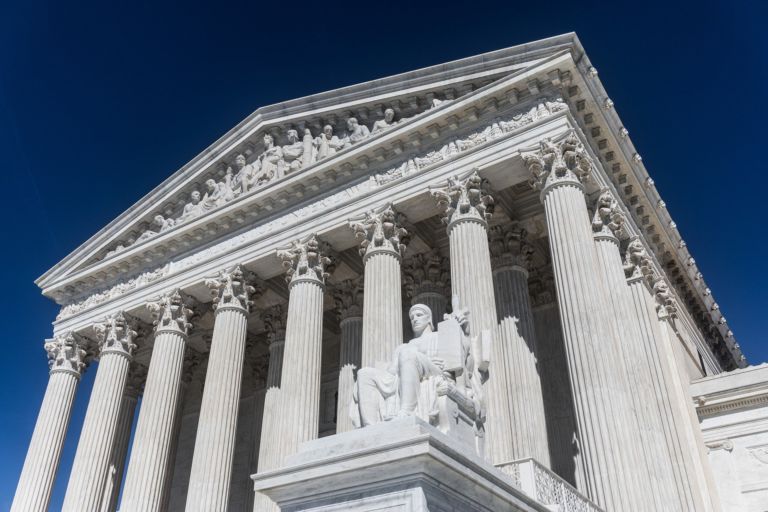David French of National Review Online describes the ongoing conflict between “lawless” federal judges and the Trump administration.
It’s déjà vu all over again. A federal judge has blocked a lawful Trump-administration policy, essentially enshrining the Obama administration’s policy choices in social-justice granite. The practical result is a judicial equivalent of a one-way ratchet. The pattern is clear:
Step One: The Obama administration uses its executive power to implement a progressive policy (such as DACA or the contraceptive mandate).
Step Two: The Trump administration uses its executive power to repeal the Obama-administration action and implement a more conservative policy.
Step Three: Progressive plaintiffs file suit in a friendly jurisdiction using dubious legal theories to seek a broad injunction against the Trump-administration action.
Step Four: Progressive judges join the #Resistance, write obviously flawed opinions, and seek to freeze Obama’s policies in legal amber. …
… But what one administration creates by memo another administration can revoke by memo — correct? Well, not if you’re a federal judge who believes he’s resisting bad policy. Then you elevate the Obama-administration action to (at the very least) the level of a regulation, and you require the incoming administration to apply statutory procedures that the outgoing administration actively and intentionally scorned.
I’ve written about the judicial resistance from the moment it emerged during the litigation of the so-called travel ban, but now that it’s 2019, it’s necessary to revisit the issue. As a new presidential election comes into view, it’s important to note that judicial resisters can win even when their decisions are overturned on appeal. Simply by creating a substantial delay, they can either limit the effective duration of a disfavored policy or — if the delay lasts long enough — block it entirely until the next election and a new administration takes the helm.


